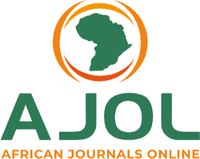Global Stability Analysis to Measles Transmission Dynamic with Vaccination
DOI:
https://doi.org/10.56892/bima.v8i2B.703Keywords:
Measles, Transmission, Global stability, VaccinationAbstract
Measles remains a significant public health concern globally, despite the availability of vaccines. Understanding the dynamics of measles transmission through mathematical modeling is crucial for designing effective control strategies. In this study, we present a comprehensive mathematical model that incorporates susceptible, exposed, infectious, recovered and vaccinated compartments to capture the complexity of measles dynamics. We conducted a global stability analysis of the proposed model to explore the long-term behavior of measles transmission dynamics. By analyzing the model's equilibrium points and their stability properties, we elucidate the conditions under which measles can persist or be eradicated within a population. Our analysis accounts for the impact of vaccination coverage and vaccine efficacy on the dynamics of measles transmission. Furthermore, we perform sensitivity analysis to identify key parameters driving the persistence or elimination of measles. We assess the effectiveness of vaccination strategies in reducing measles incidence and our findings provide valuable insights into the dynamics of measles transmission and the potential impact of vaccination programs on disease control which shows a 19.5% vaccination rate effectively prevents transmission, while a 1.25 percent decreases transmission but cannot completely eliminate it, and a 0.57% rate suggests significant spread necessitates further actions or higher vaccination rates.





